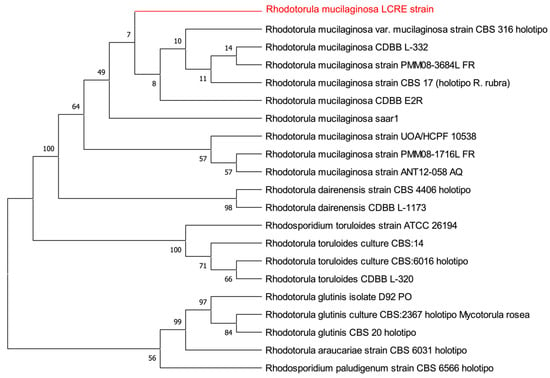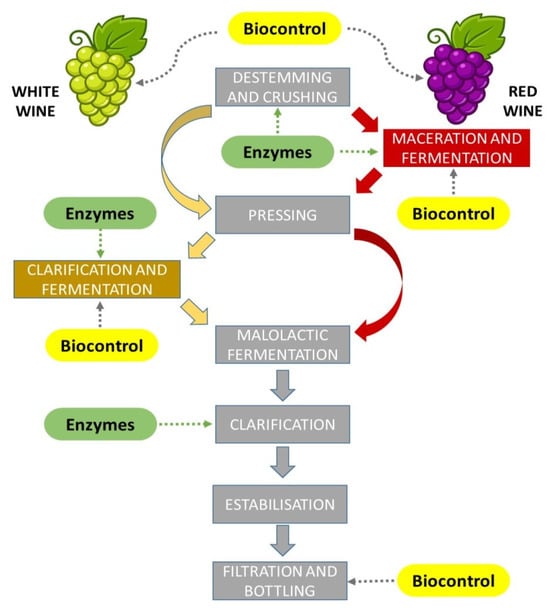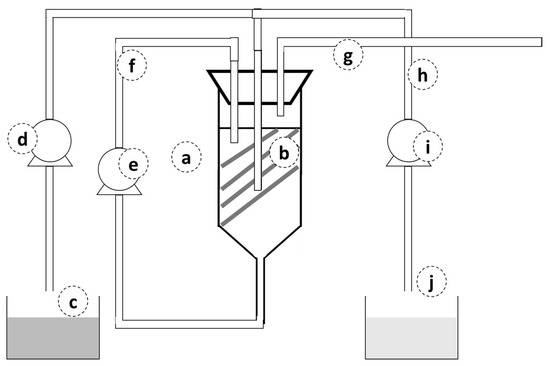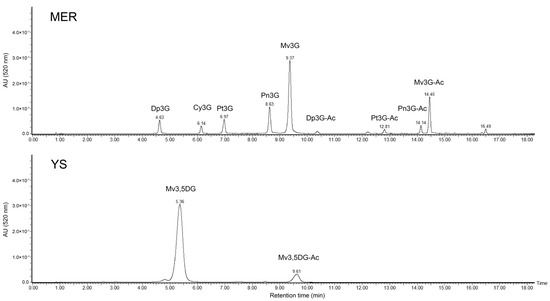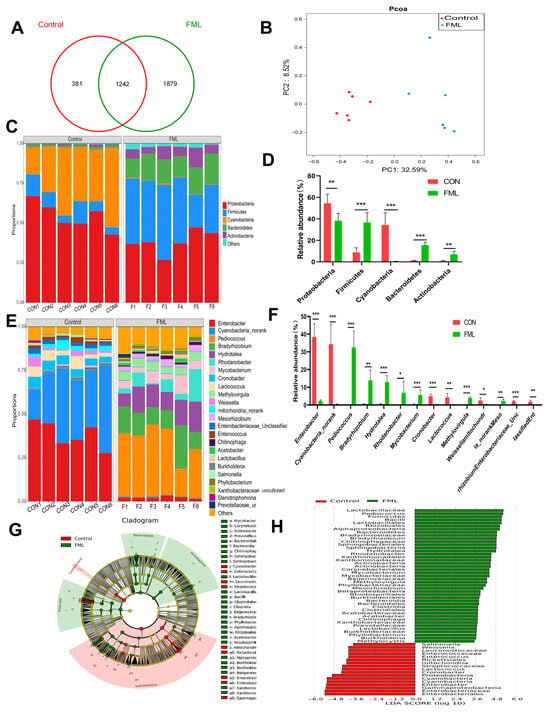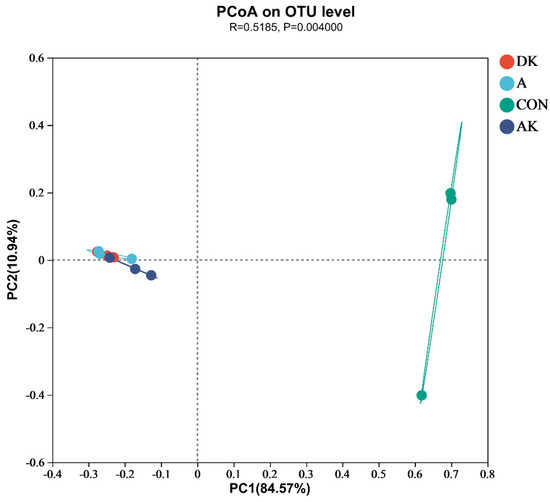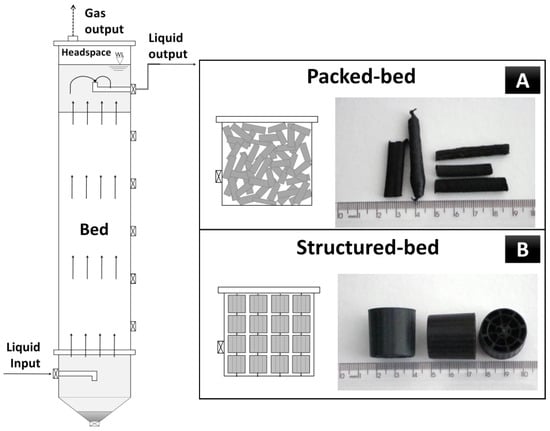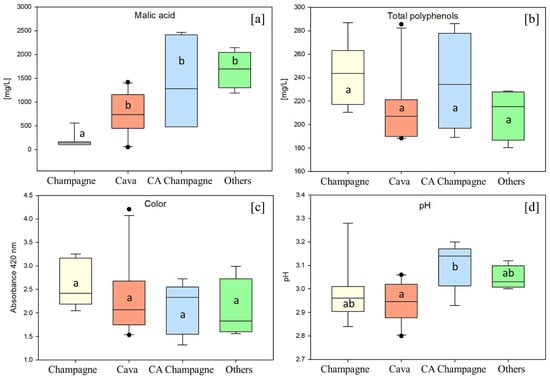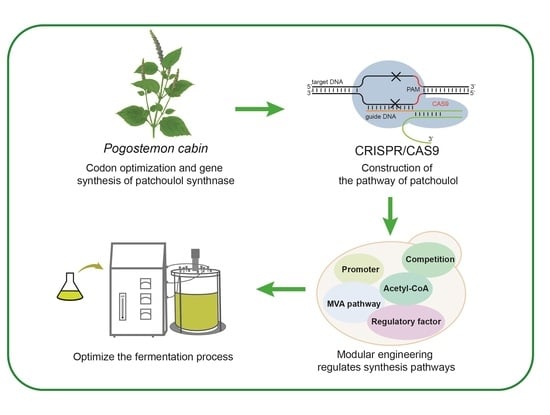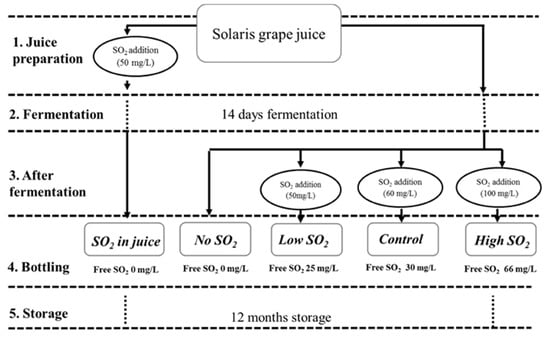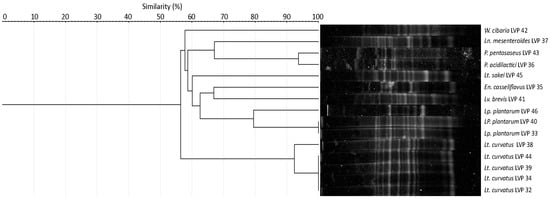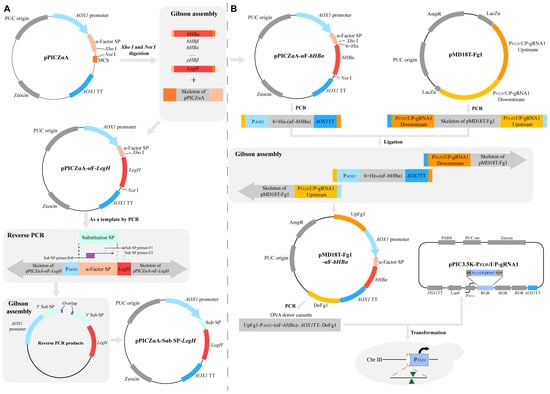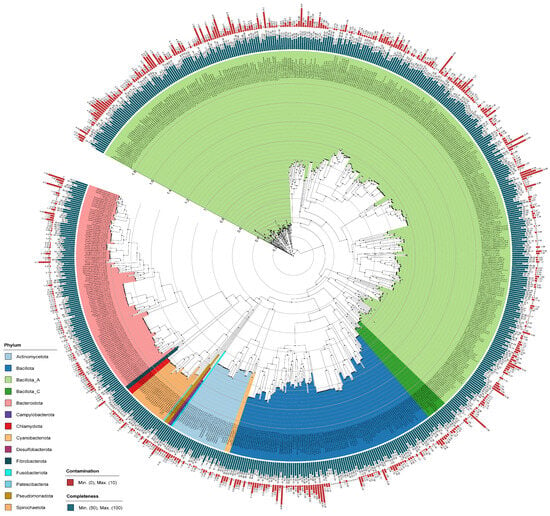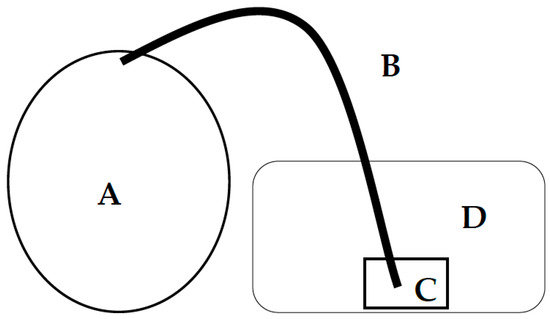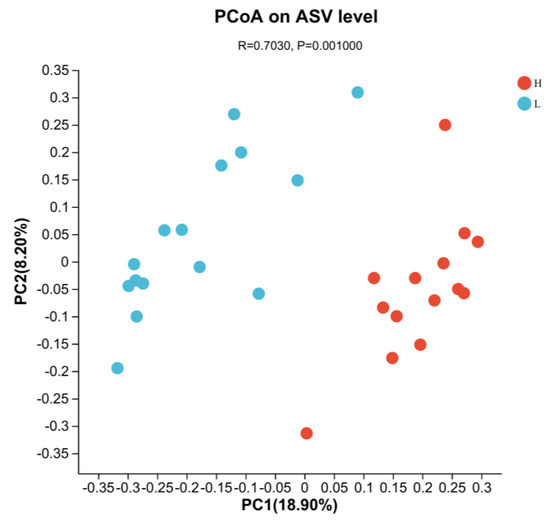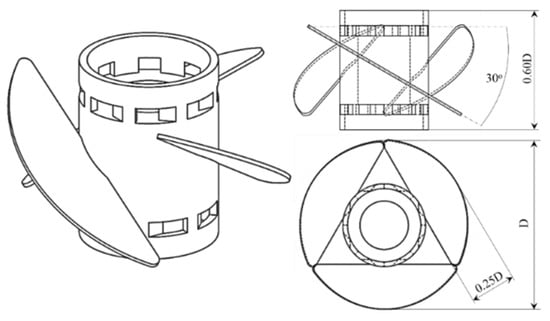-
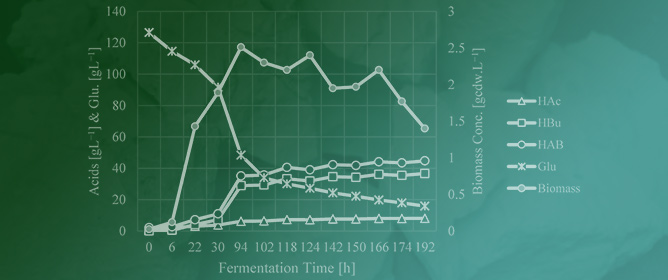 Novel Technologies for Butyric Acid Fermentation
Novel Technologies for Butyric Acid Fermentation -
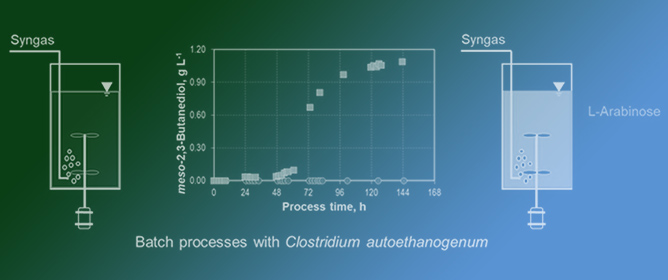 Mixotrophic Syngas Conversion Enables the Production of meso-2,3-butanediol with Clostridium autoethanogenum
Mixotrophic Syngas Conversion Enables the Production of meso-2,3-butanediol with Clostridium autoethanogenum -
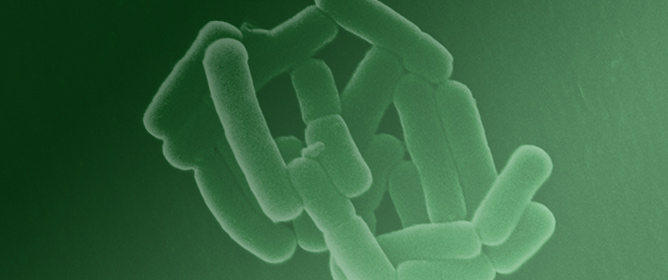 The Biological Role of the S-Layer Produced by Lactobacillus helveticus 34.9 in Cell Protection and Its Probiotic Properties
The Biological Role of the S-Layer Produced by Lactobacillus helveticus 34.9 in Cell Protection and Its Probiotic Properties -
 The Hard Reality of Biogas Production through the Anaerobic Digestion of Algae Grown in Dairy Farm Effluents
The Hard Reality of Biogas Production through the Anaerobic Digestion of Algae Grown in Dairy Farm Effluents
Journal Description
Fermentation
- Open Access— free for readers, with article processing charges (APC) paid by authors or their institutions.
- High Visibility: indexed within Scopus, SCIE (Web of Science), PubAg, FSTA, Inspec, CAPlus / SciFinder, and other databases.
- Journal Rank: JCR - Q2 (Biotechnology & Applied Microbiology) / CiteScore - Q2 (Plant Science)
- Rapid Publication: manuscripts are peer-reviewed and a first decision is provided to authors approximately 14.3 days after submission; acceptance to publication is undertaken in 2.8 days (median values for papers published in this journal in the second half of 2023).
- Recognition of Reviewers: reviewers who provide timely, thorough peer-review reports receive vouchers entitling them to a discount on the APC of their next publication in any MDPI journal, in appreciation of the work done.
Latest Articles
E-Mail Alert
News
Topics
Deadline: 31 May 2024
Deadline: 30 June 2024
Deadline: 31 August 2024
Deadline: 20 May 2025
Conferences
Special Issues
Deadline: 20 April 2024
Deadline: 30 April 2024
Deadline: 15 May 2024
Deadline: 31 May 2024





